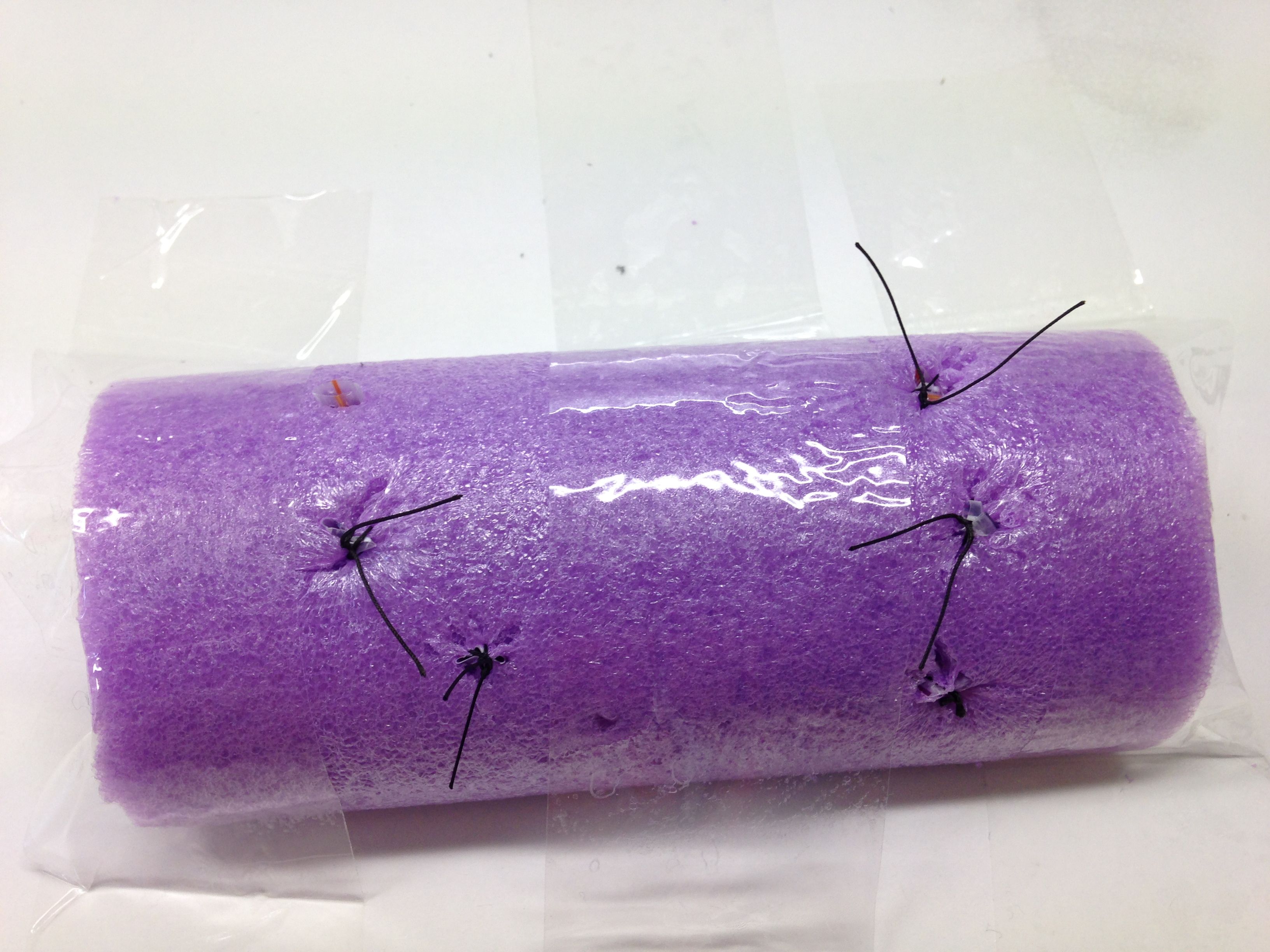As a general surgeon teaching Surgical Pathology to Dentistry students, my concern is to teach surgical knowledge. Surgeons need to practice several techniques that are daily used in their practices. But should all the content of these techniques be taught to Dentistry students? How much is enough?

In our first practice students learn how to scrub correctly. This is a key point of any surgical procedure. Hands and arms are thoroughly impregnated with antiseptic solution. Most of the Spanish surgeons use Betadine or clorhexidine sponges. This antiseptic solution needs the adequate contact time with the skin to reduce the microbial load. Rinsing away all the solution is particularly important to reduce the secondary effects of the continuous use of these products. Before putting on gloves, hands must be adequately dried with a sterile towel. Clinical guidelines recommendations include “The operating team should wash their hands prior to the first operation on the list using an aqueous antiseptic surgical solution, with a single-use brush or pick for the nails, and ensure that hands and nails are visibly clean”
During our second practice, students get familiar with knotting and suturing. We insist in the importance of a good knotting technique, favoring knotting with the needle holder because the mouth is too small for two hands. The correct holding of the surgical instrument is pointed out, because it shows a better knowledge.
https://www.youtube.com/watch?v=EPnJab5LvHs
The last practice’s topic was about hemostasis. What can a dentist do if a patient is bleeding from a very deep area of the oral cavity? We try to image that the bleeding point is not visible and that we have to decide how to proceed. We will always use our finger to control the bleeding point and will therefore have some time to think how to continue. Our recommendation is to apply a cross stich, using a reabsorbable suture with a 1/2 needle . We have built up a model to practice this technique, and also transfixion and ligation of…straws.













